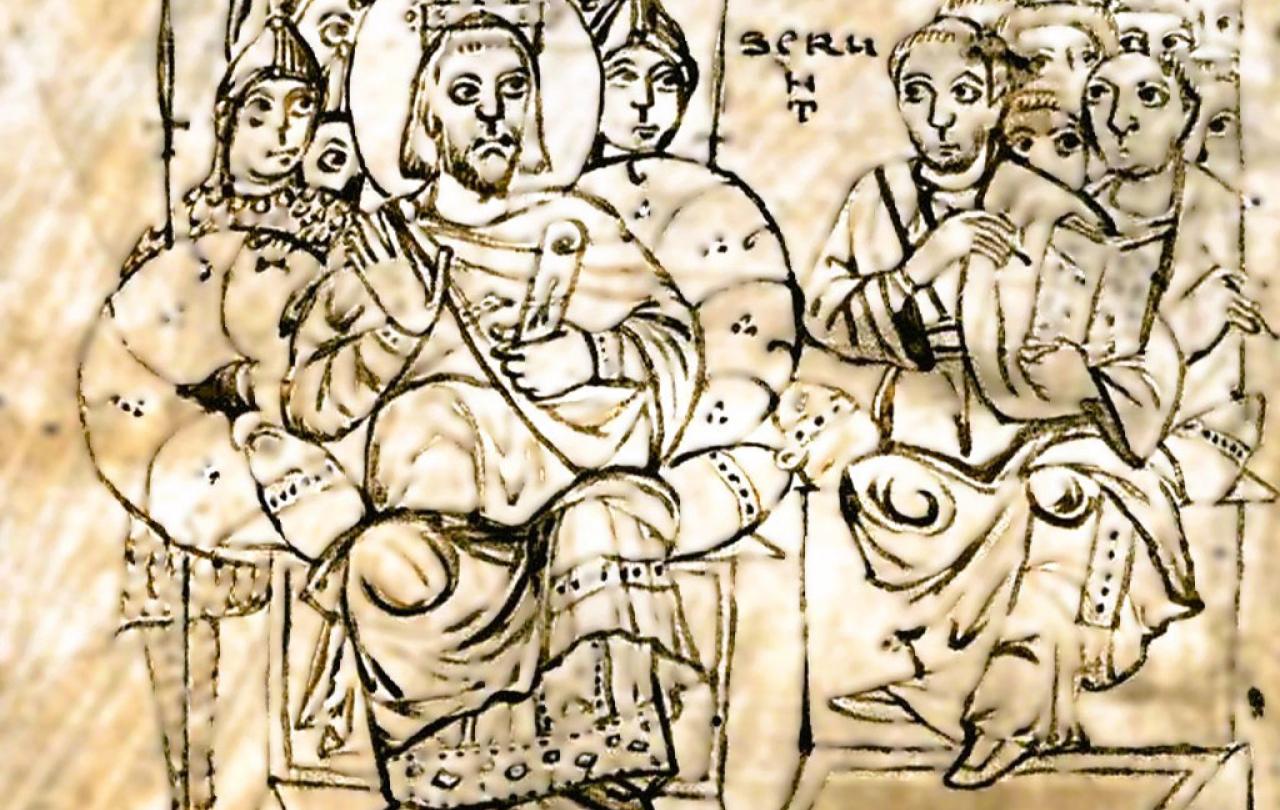To add insult to injury, there are churches that won’t allow unmarried people into positions of leadership. One study found that half the American churches quizzed wouldn’t allow a single person to run a house group. To be clear, this means that Jesus would not be qualified. This hypocrisy received acknowledgement in the Love Matters report. It said:
“The Commission believes strongly that single people must be valued at the heart of our society. Jesus’ own singleness should ensure that the C of E celebrates singleness and does not regard it as lesser than living in a couple relationship. Loving relationships and being able to give and receive love matter to everyone.”
Given this climate in the Church and the fact that outside of it, more and more people are remaining single, the report’s emphasis on the equality of singleness isn’t “weak” but vital. It’s high time we recognised that being single isn’t a state to progress out of, or level up from. It is not a waiting room for the as yet unchosen. It is a valid and valuable life stage that is equal but different to marriage.
For too long Christians have tried to “solve” singleness with marriage. Rather than solving the problems associated with singleness, i.e. loneliness, absence of deep and intimate love, with community and family (in whatever form it takes). I don’t believe that by platforming the value of singleness, that we detract from the value of marriage. It’s not a seesaw whereby one must fall for the other to rise.
Another blow that hits me hard, is that this report is highlighting what the world outside the Church has been aware of for years. Books like The Unexpected Joy of Being Single and What a Time To Be Alone confirm the inherent value of both single people and the time a person spends single (whether for now or for life). This is recognised by the Bible, particularly by Paul in his letters, but rarely highlighted in the Church. It seems like a shame that Carrie Bradshaw and the Sex And The City ladies did more for affirming singleness than our spiritual leaders.
But not anymore. Justin Welby has thrown his woolly hat in the ring. He’s standing up for the value of each person, married or single, each relationship, romantic or platonic, and each family, genetic or otherwise. And you won’t catch any grumbling from me.






